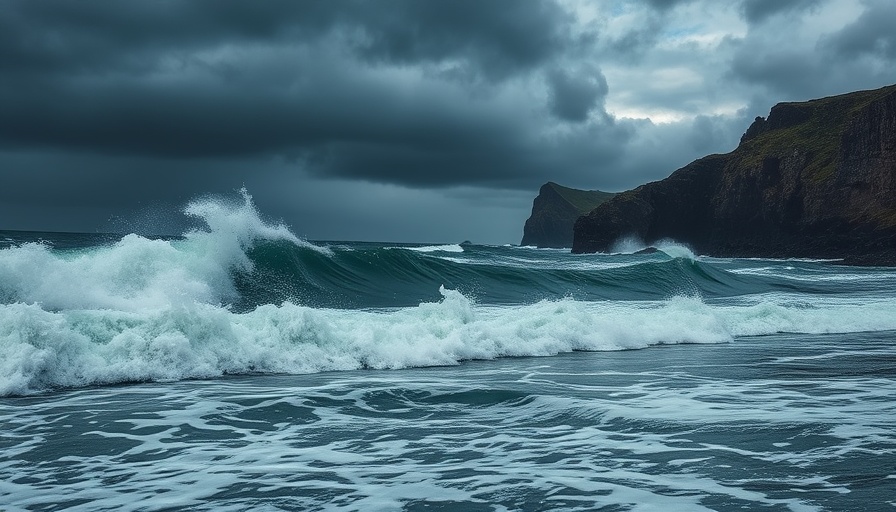
Storm's Wrath: Understanding Hurricane Lorena's Impact
Hurricane Lorena surged through Cabo San Lucas as a category 1 hurricane, unfortunately evolving into a post-tropical cyclone. The storm wreaked havoc this past weekend, producing perilous flooding and life-threatening ocean conditions along the southern tip of the Baja Peninsula. As we've seen with previous hurricanes, such as Genevieve, each storm brings unique challenges and insights into how we can better prepare for future events.
The Dangers Lurking Beneath the Surface
With the U.S. Embassy issuing warnings, travelers and residents alike are reminded of the dangers posed by rogue waves and deadly rip currents. According to reports, the National Hurricane Center (NHC) has cautioned that these powerful currents can sweep unsuspecting swimmers and beachgoers into dangerous waters. It's not just about being aware of the storm; understanding the ocean's behavior during storms is crucial for ensuring everyone's safety.
Lessons from Previous Hurricanes
Reflecting on past hurricanes can provide valuable insights. Hurricane Genevieve, which hit Cabo San Lucas in August 2020, left its marks through extreme weather conditions, similar to those created by Lorena. Both storms illustrate how hurricanes can morph rapidly, changing from a manageable storm to life-threatening conditions within hours. Knowing the signs and listening to weather updates are essential for staying safe.
The Science Behind Rogue Waves
Rogue waves are taller than the regular waves surrounding them and can appear without warning. The NOAA indicates that swells generated by hurricanes can cause hazardous surf conditions, setting the stage for these massive waves. This highlights the importance of understanding ocean dynamics and the reasons why fledging surfers and seasoned pros alike should remain cautious after storms.
Navigating Tomorrow's Challenges
As hurricane season progresses, the lessons learned from Lorena and Genevieve will be valuable for our approaches to the ocean and surfing culture. Knowing how to assess conditions, use appropriate safety gear, and have rescue plans in place can make a world of difference. Organizations and communities can rally together to share knowledge and tools to help everyone navigate these dangers.
Empowering Through Knowledge
It’s crucial for surfers and water enthusiasts to understand weather patterns, ocean conditions, and safety protocols. Empowering our community with resources and shared experiences nurtures a more prepared and resilient environment. Whether it’s through workshops, seminars, or community discussions, ensuring that we’re all informed creates a network that enhances safety both in and out of the water.
Conclusion: Ride the Wave of Preparedness
Every wave presents a chance to learn and grow. Hurricane Lorena reminded us once again of nature's unpredictability. As we continue to embrace our love for water sports, let's take proactive steps to protect ourselves and our community. So, gear up, stay informed, and let’s ride the waves safely together!
 Add Row
Add Row  Add
Add 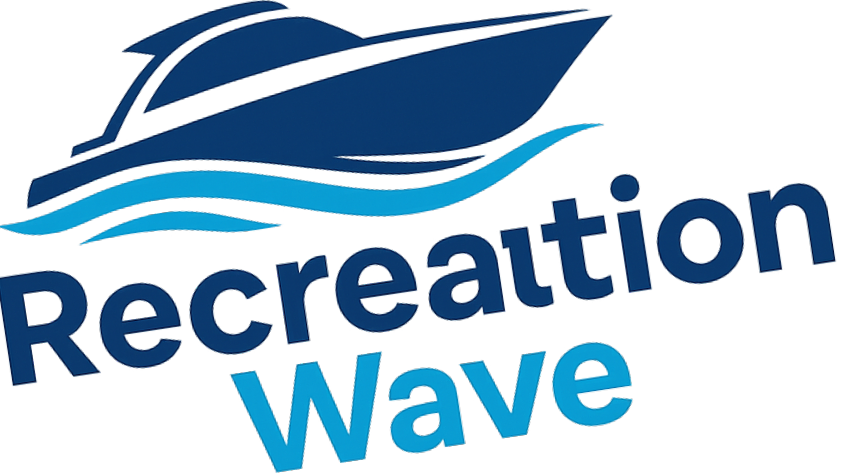

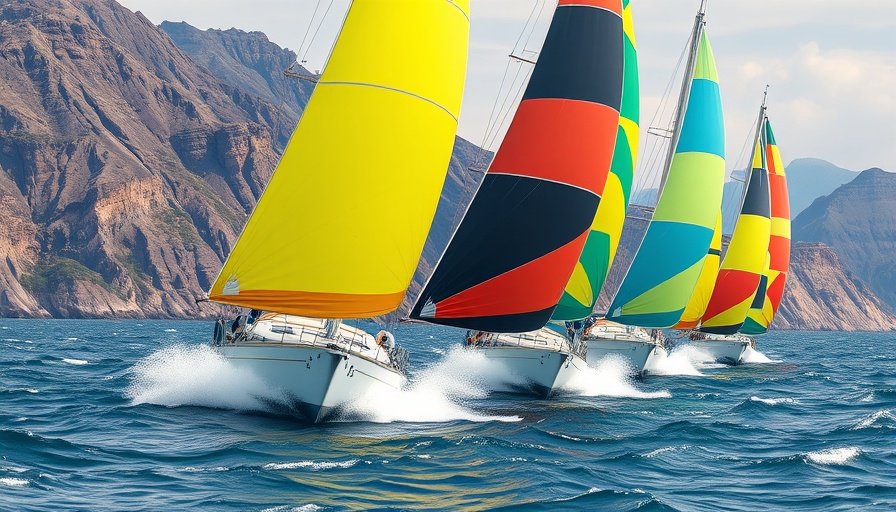
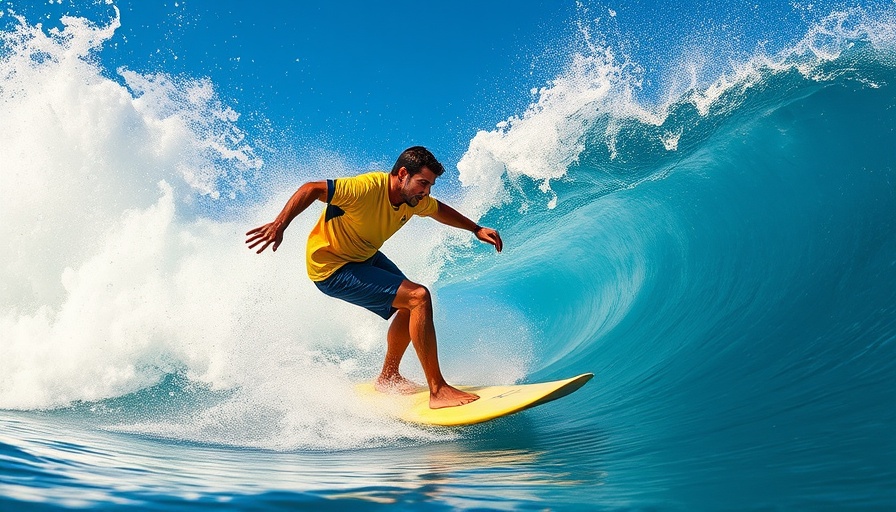
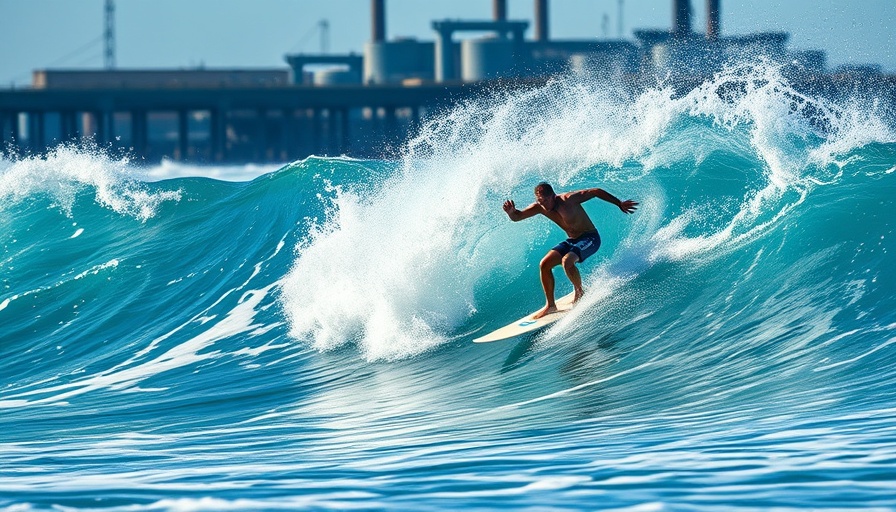
Write A Comment